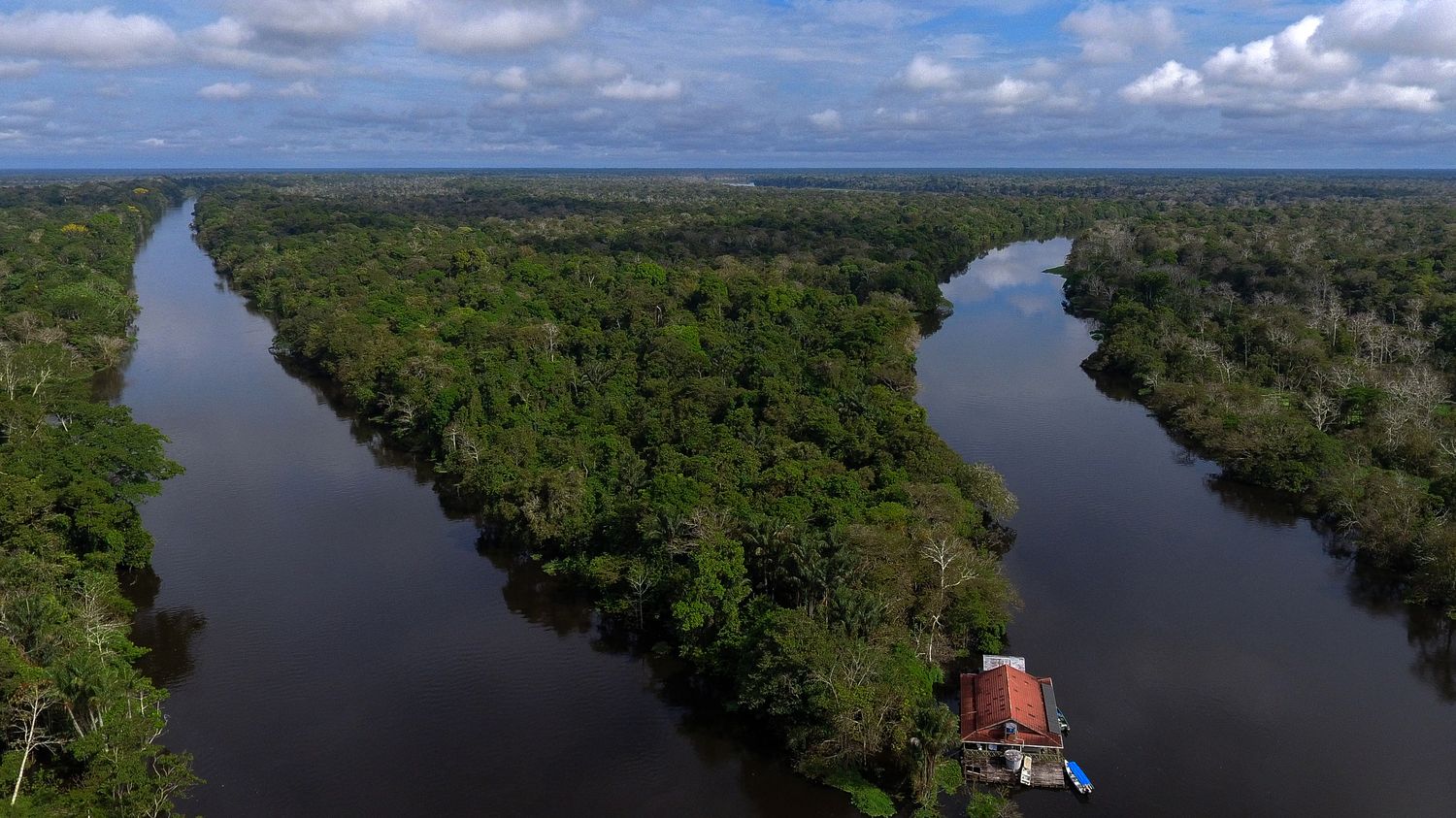For a week, French scientists have been sailing on the Amazon. They study its functioning and analyze the sediments to try to trace the history of the river.
French scientists are currently living to the rhythm of the Amazon aboard their boat. During the day, they take samples and analyses, and at night, they sleep in hammocks on the upper deck. These researchers will try to unravel the mysteries of the largest river in the world. They left the city of Manaus, Brazil, in early July to navigate the river and understand how it works.
>> Barely discovered, already threatened? Diving in the mysterious coral reef of the Amazon, “unique in the world”
“You have to imagine the Amazon as a big treadmill of sand, big sand dunes advancing under your feet, which you can see as you go and which discharge an impressive amount of sand”describes Agnès Baltzer, teacher-researcher at the University of Nantes, specializing in marine geoscience.
The Amazon carries more than a billion tons of sediments a year, sediments that flow into the Atlantic and influence it. This is precisely one of the lines of research of these researchers, in particular with seismic surveys.
A river with an extraordinary flow
“A seismic profile consists in emitting a sound, an acoustic wave which will propagate in the basement, explains Marina Rabineau, research director at the CNRS in Brest. This should make it possible to have a vertical image of the basement. We will therefore be able to see the geometries of the deposits and we will try to reconstruct the history of these deposits over time”.
These analyzes must therefore make it possible to retrace the history of the Amazon. This river alone brings 20% of continental freshwater to the oceans. Its flow rate is extraordinary: up to 20 kilometers wide and 100 meters deep in places.
>> Deforestation, climate change… We explain to you why the Amazonian forest is always going up in smoke
“There is a whole history of the Amazon to be reconstructed to know when exactly it takes its current course and then, on the evolution of the volumes it drains over time according to climatic variations, glacial periods , interglacials, and changes in climate and precipitation”says Marina Rabineau.
French and Brazilian researchers will also study the impact of gold panning and that of deforestation on the Amazon, as well as the extent of microplastic pollution.
The mission of French scientists on the Amazon: report by Boris Hallier
listen
